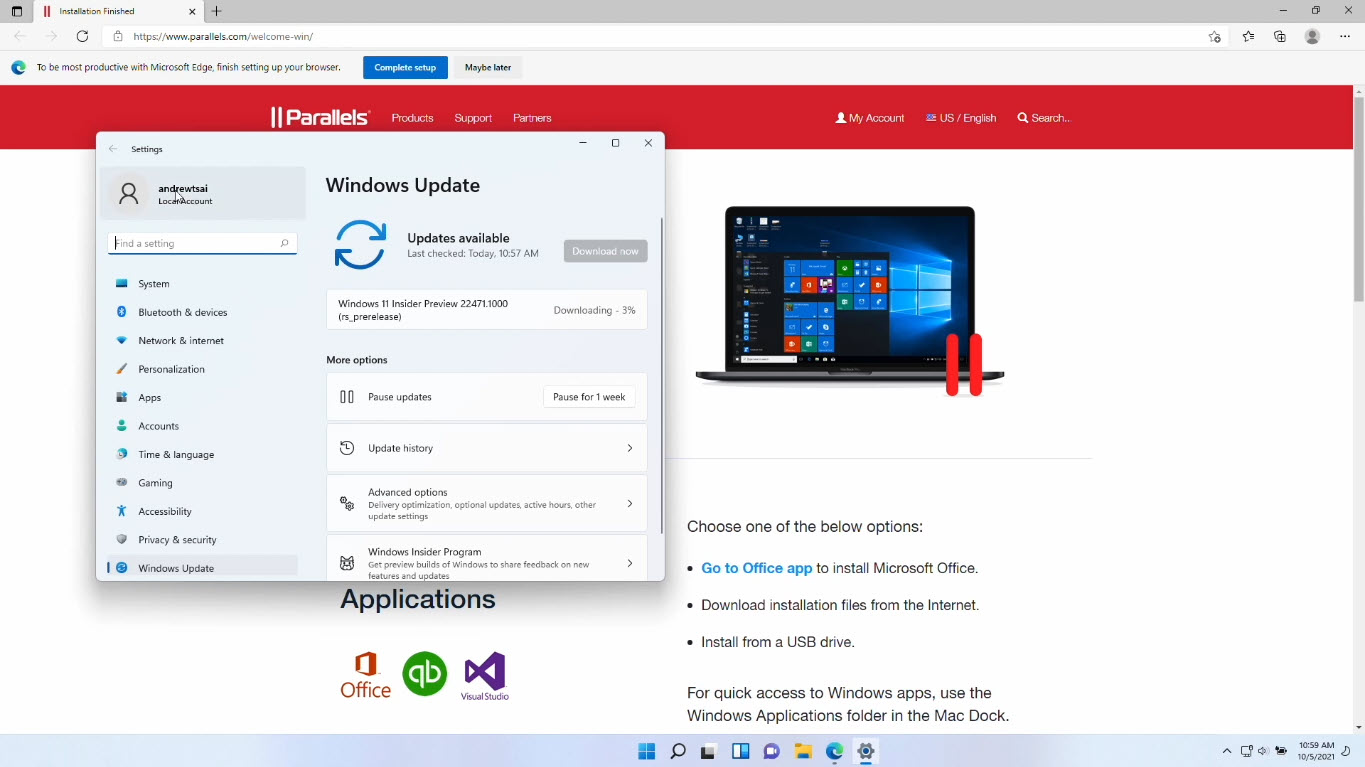
As a result, Parallels users have experienced intermittant success with Parallels ability to enable VT on its own.

Unfortunately for us Mac users, VT is not turned on in all current Intel Macintosh computers, for whatever reason. Basically, you will see fairly dramatic speed increases running Parallels with VT enabled compared to running Parallels without VT enabled. VT stands for Virtualization Technology — it allows the chip to run multiple operating systems and applications in independent partitions on the chip, resulting in reletively large speed increases for the end user. The chips Apple uses in the Intel Macintosh computers have VT built into them.
So I'll try to provide those who need it a more complete list of steps to get this done, as well as some background about why one might want to do this to begin with:

I've seen a bunch of instructions here for doing this but all of them seemed to leave out one or two crucial details.


 0 kommentar(er)
0 kommentar(er)
